Nuclear weapons 'could be used to deflect asteroids'
Russian scientists argue 1967 space ban may have to be lifted if the Earth is at risk from a major collision
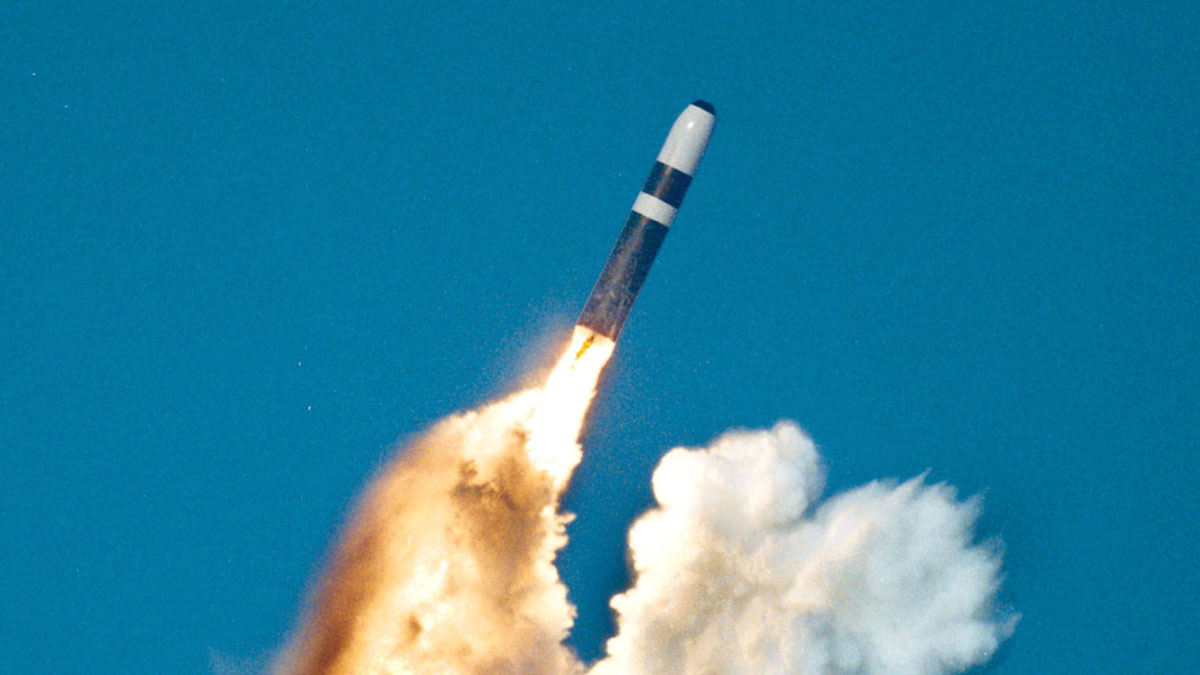
Russian scientists have devised a plan to use nuclear weapons to blow up asteroids in the event the Earth faced an Armageddon-style impact.
For the past three years, EU-sponsored researchers have been formulating ideas to avert the kind of collision which could destroy life on the planet - and Russia's top space institute believes blowing them up could be the answer.
Under plans devised by the Central Scientific Research Institute of Machine Building, nuclear warheads would be launched into deep space to meet the asteroid before it neared Earth. The goal would not be to destroy the asteroid, but to knock it off course, the Daily Telegraph reports.
The Week
Escape your echo chamber. Get the facts behind the news, plus analysis from multiple perspectives.

Sign up for The Week's Free Newsletters
From our morning news briefing to a weekly Good News Newsletter, get the best of The Week delivered directly to your inbox.
From our morning news briefing to a weekly Good News Newsletter, get the best of The Week delivered directly to your inbox.
The research forms part of NEOShield, which has brought together scientists and engineers from the EU, US and Russia.
Other suggestions include a "kinetic impactor mitigation method" that would involve launching unmanned spacecraft into the surface of the asteroid to deflect it.
Protocol prohibiting the use of nuclear weapons in outer space was established back in 1967, under the Outer Space Treaty. However, the scientists suggest this could be disregarded if "the asteroid threat becomes a matter of massive destruction or even the very existence of life on the planet", according to a press release.
Hundreds of meteorites – smaller versions of asteroids - hit the Earth every year, most of them no larger than a stone. However, larger asteroids can cause huge amounts of destruction - the 65ft-wide asteroid which struck Chelyabinsk, in Russia, in 2013 damaged more than 7,000 buildings and injured 1,500 people.
A free daily email with the biggest news stories of the day – and the best features from TheWeek.com
To cause a "global disaster", an asteroid would have to have diameter of at least a quarter of a mile, according to Space.com. Such a collision is estimated to occur every 100,000 years. The extinction of dinosaurs is believed to have been caused by an asteroid more than six miles wide which collided with the Earth 66 million years ago, wiping out three-quarters of life on the planet.
-
 The Week Unwrapped: what’s scuppering Bulgaria’s Euro dream?
The Week Unwrapped: what’s scuppering Bulgaria’s Euro dream?Podcast Plus has Syria changed, a year on from its revolution? And why are humans (mostly) monogamous?
-
 Will there be peace before Christmas in Ukraine?
Will there be peace before Christmas in Ukraine?Today's Big Question Discussions over the weekend could see a unified set of proposals from EU, UK and US to present to Moscow
-
 Quiz of The Week: 6 – 12 December
Quiz of The Week: 6 – 12 DecemberQuiz Have you been paying attention to The Week’s news?
-
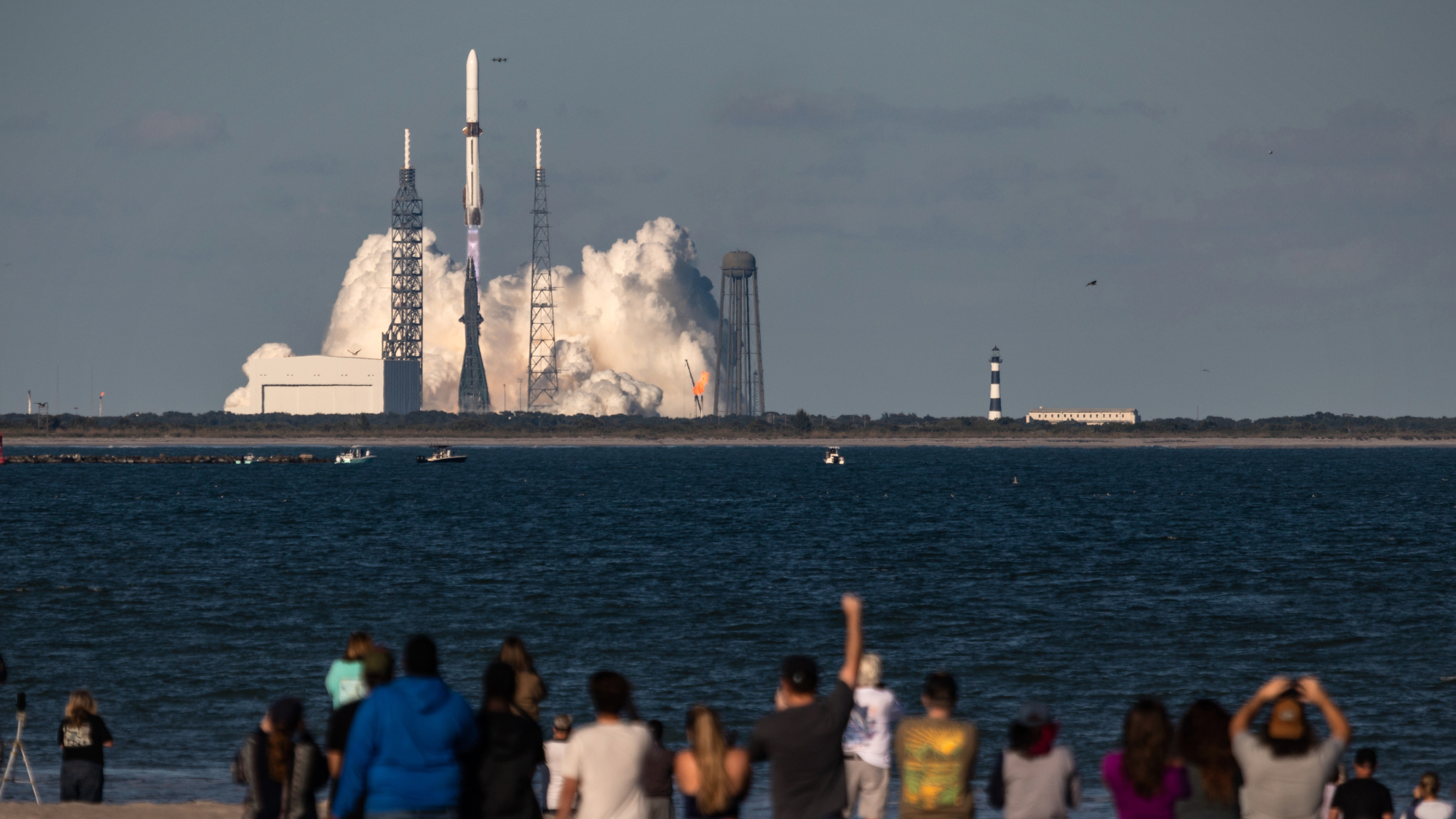 Blue Origin launches Mars probes in NASA debut
Blue Origin launches Mars probes in NASA debutSpeed Read The New Glenn rocket is carrying small twin spacecraft toward Mars as part of NASA’s Escapade mission
-
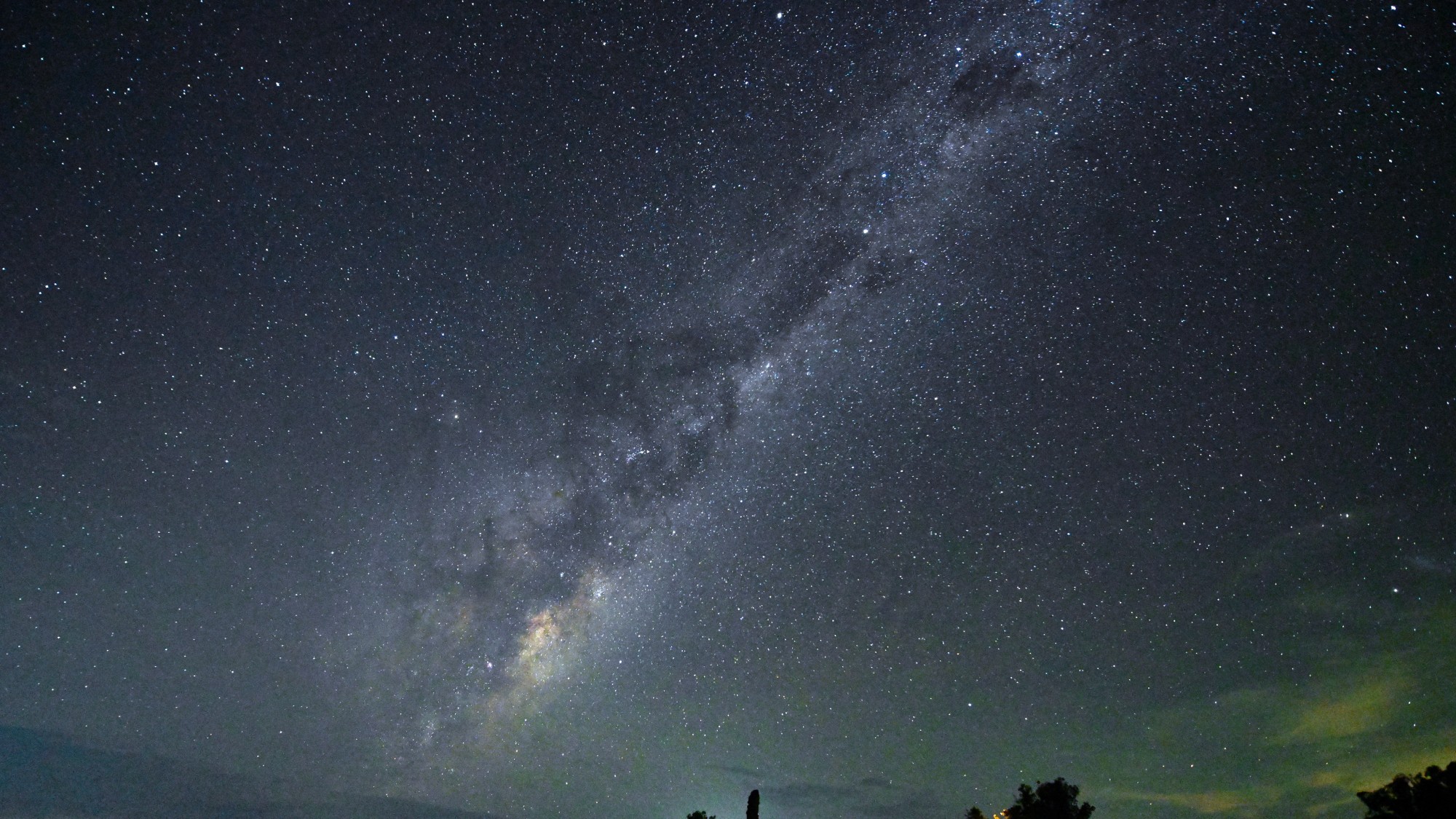 ‘The Big Crunch’: why science is divided over the future of the universe
‘The Big Crunch’: why science is divided over the future of the universeThe Explainer New study upends the prevailing theory about dark matter and says it is weakening
-
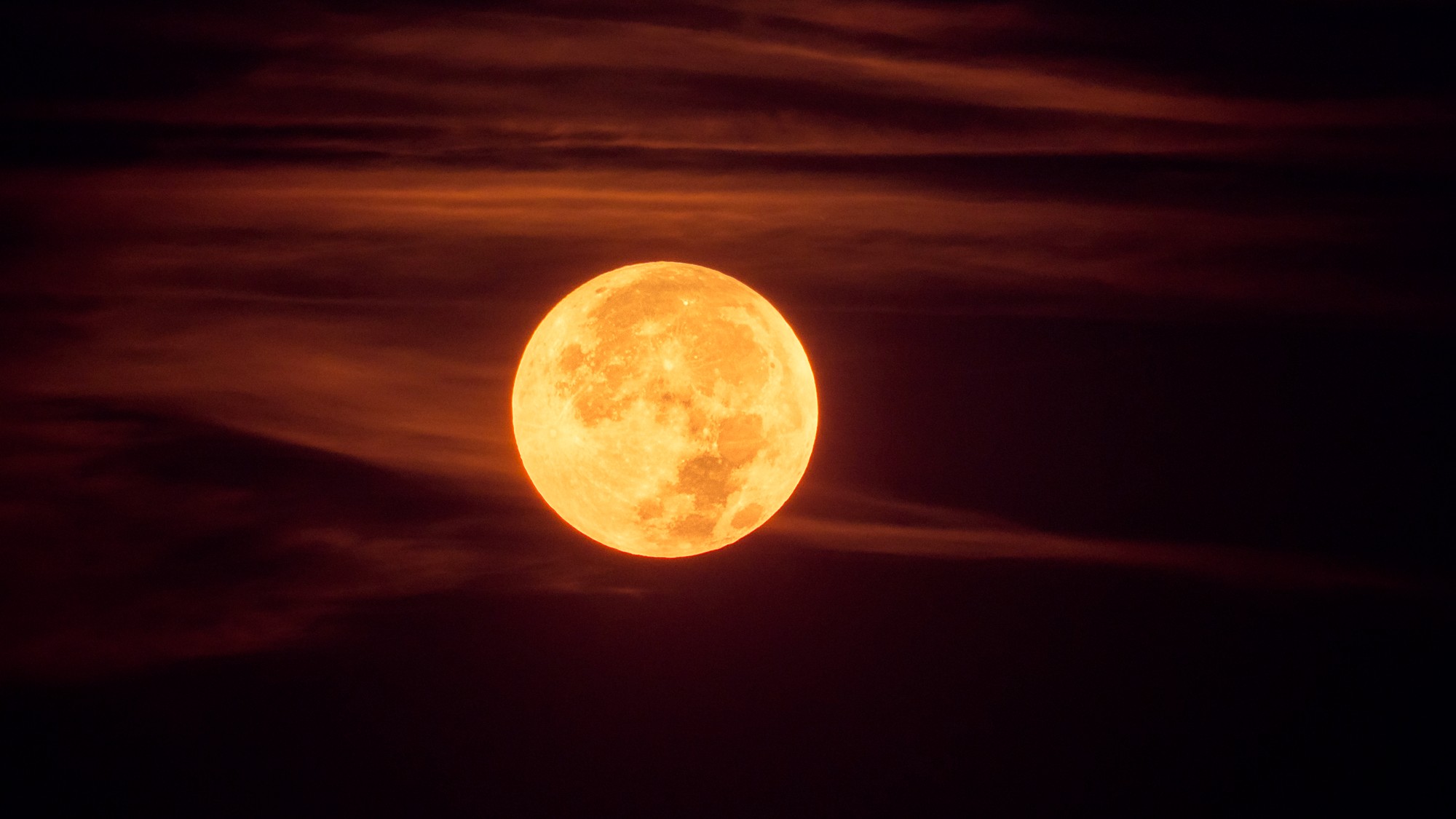 The moon is rusting
The moon is rustingUnder the radar The Earth is likely to blame
-
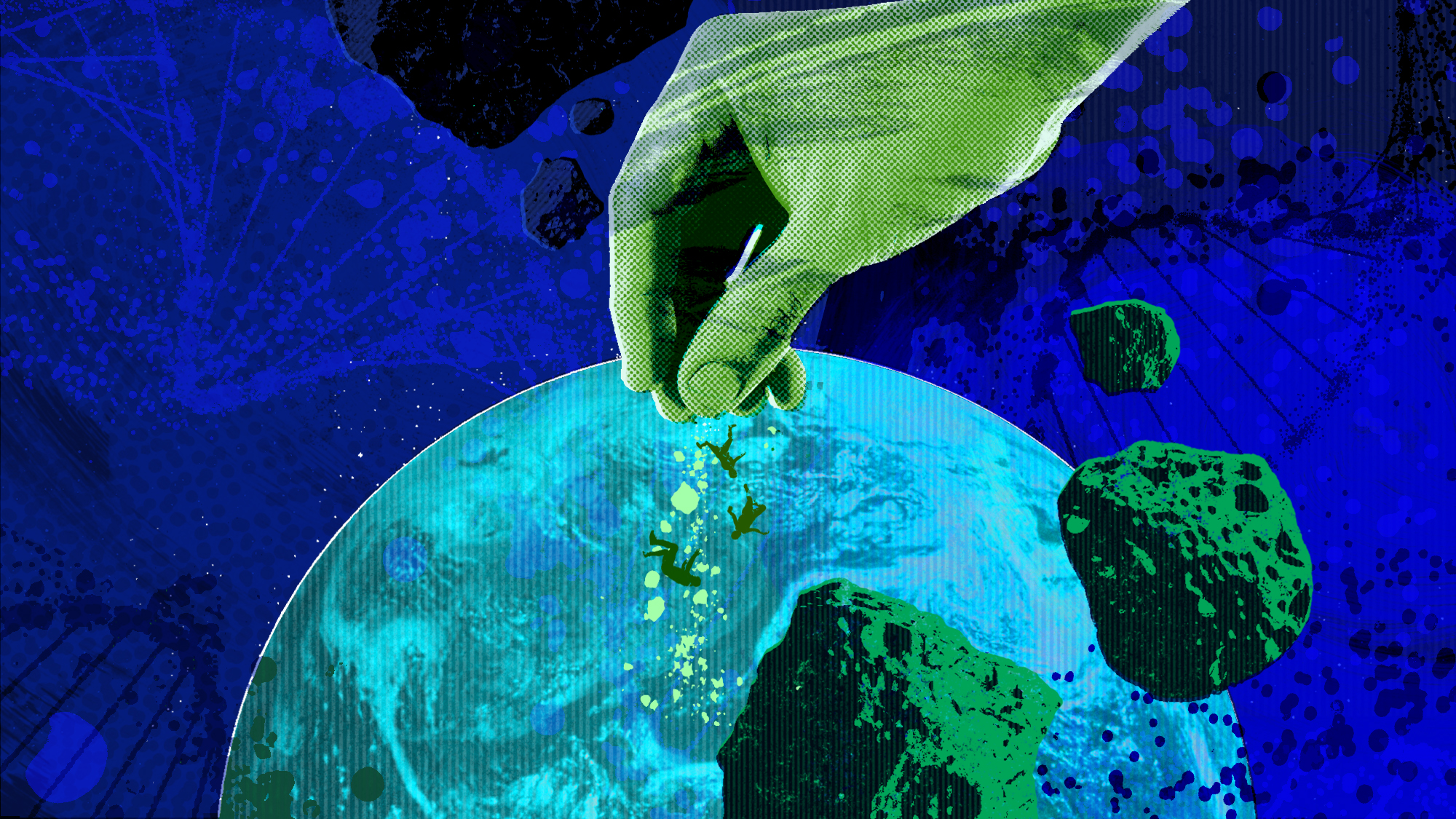 Panspermia: the theory that life was sent to Earth by aliens
Panspermia: the theory that life was sent to Earth by aliensUnder The Radar New findings have resurfaced an old, controversial idea
-
 Africa could become the next frontier for space programs
Africa could become the next frontier for space programsThe Explainer China and the US are both working on space applications for Africa
-
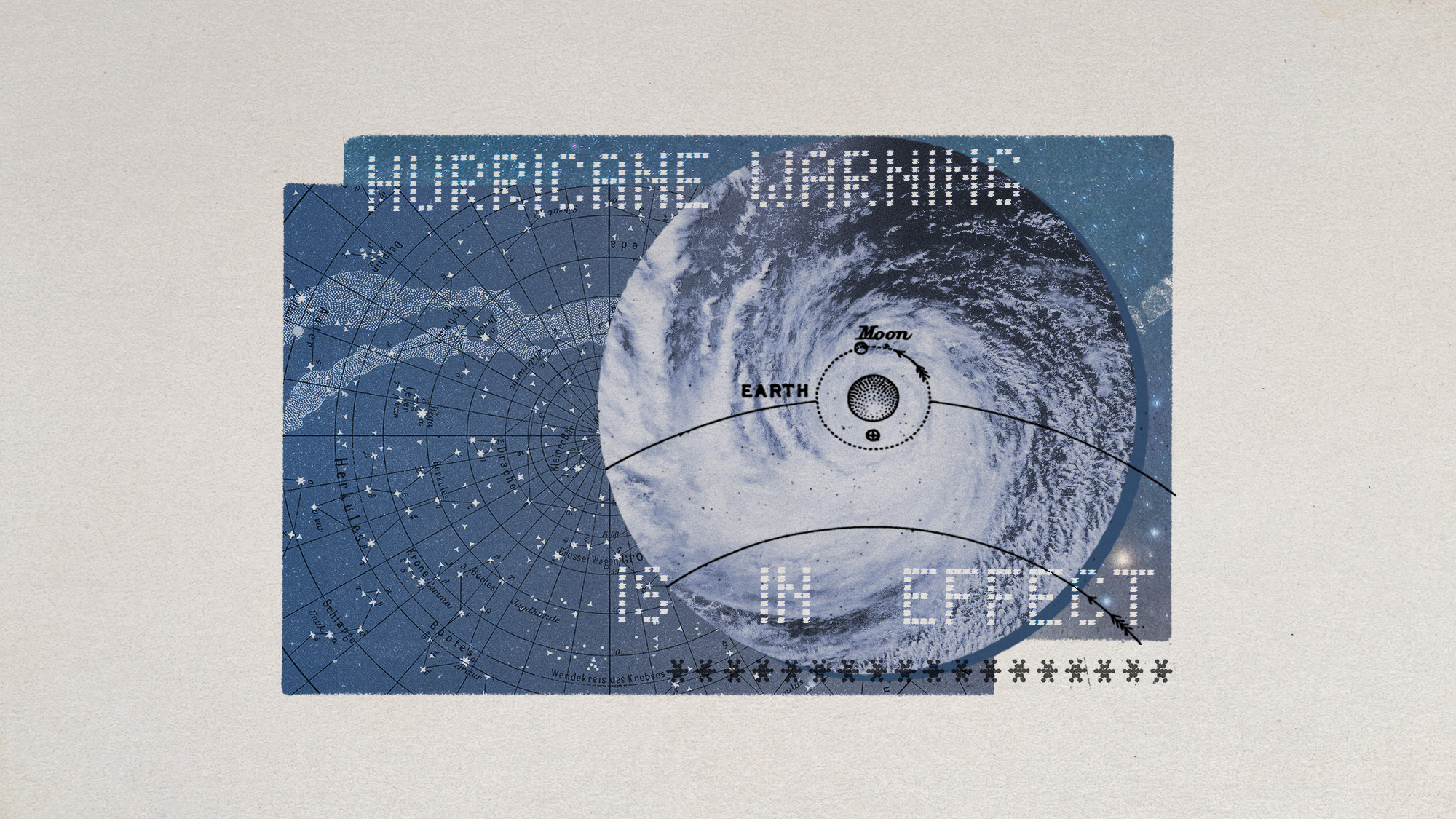 Hurricanes are not exclusive to Earth. They can happen in space.
Hurricanes are not exclusive to Earth. They can happen in space.Under the radar These storms may cause navigational problems
-
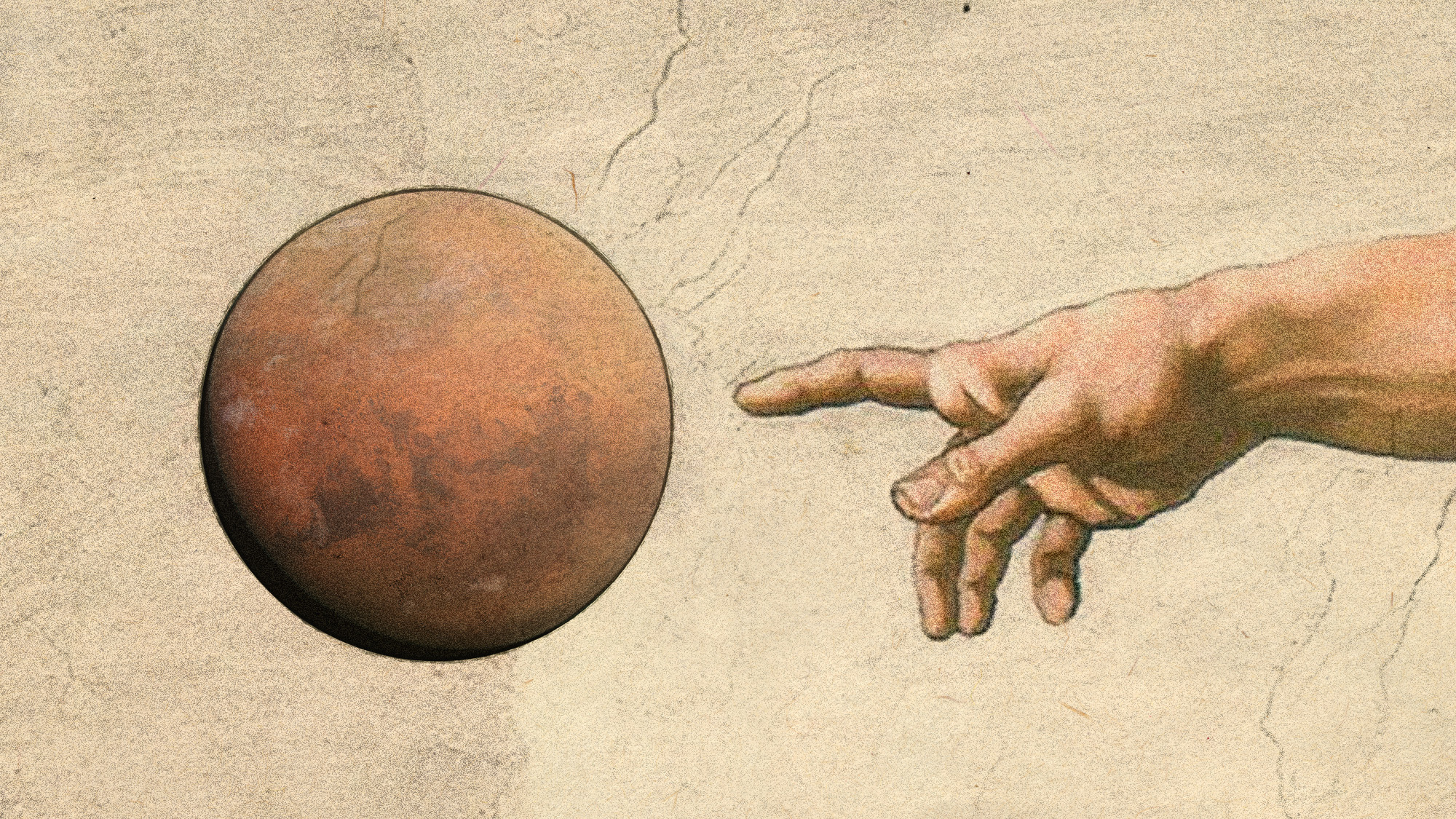 Answers to how life on Earth began could be stuck on Mars
Answers to how life on Earth began could be stuck on MarsUnder the Radar Donald Trump plans to scrap Nasa's Mars Sample Return mission – stranding test tubes on the Red Planet and ceding potentially valuable information to China
-
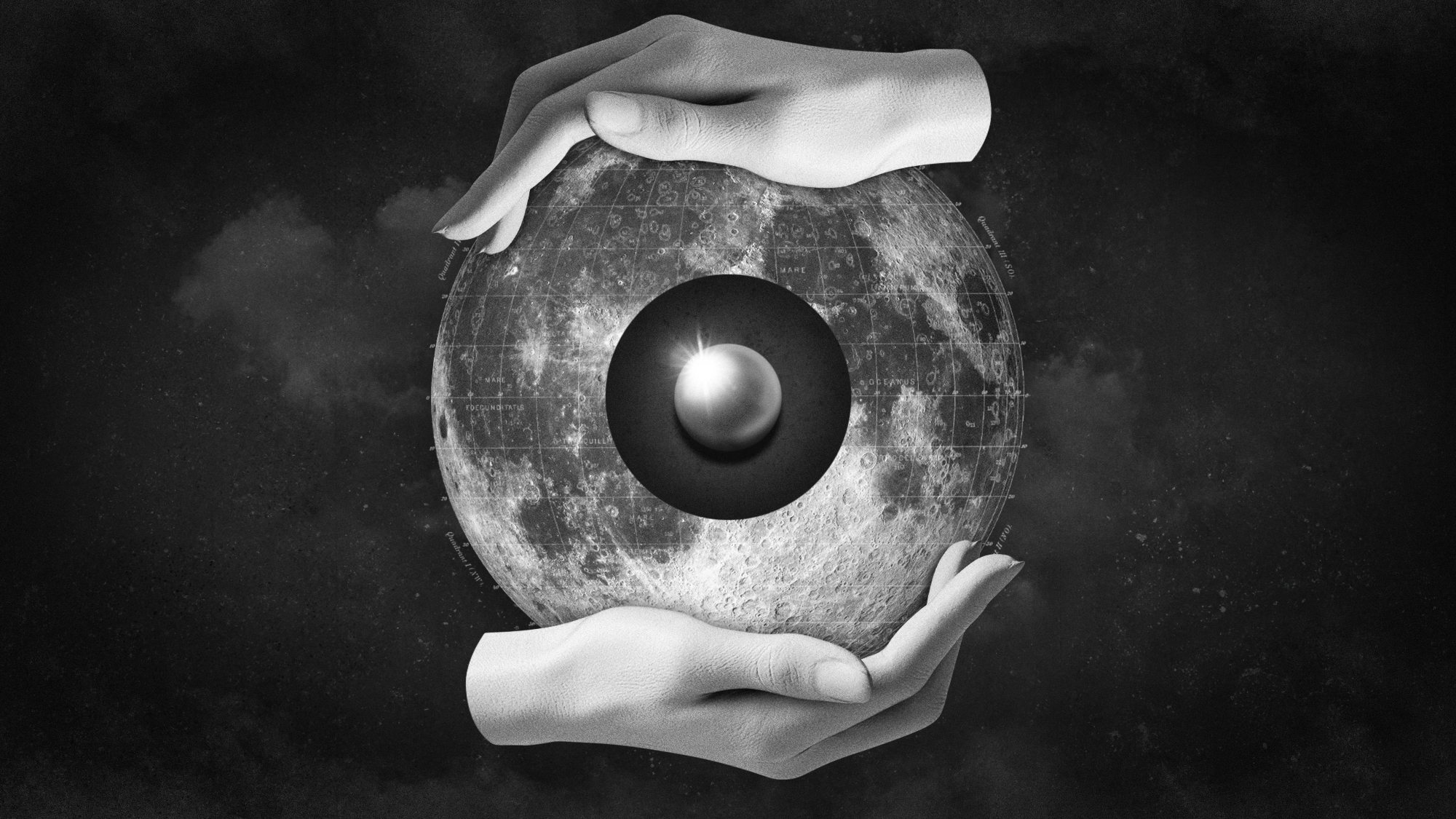 The treasure trove of platinum on the moon
The treasure trove of platinum on the moonUnder the radar This kind of bounty could lead to commercial exploitation